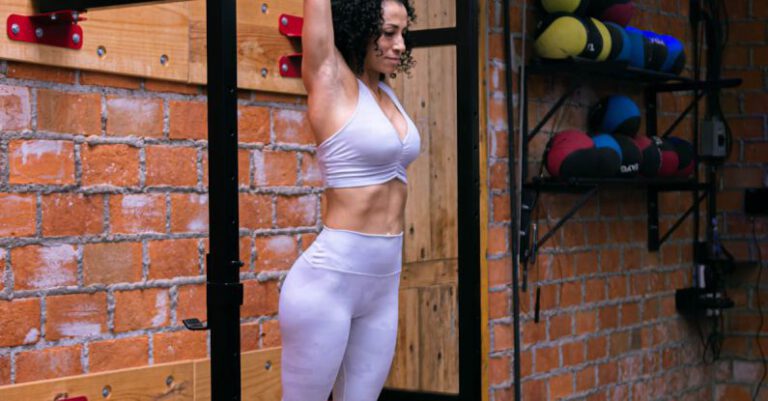
Foam rolling has become a popular method for improving flexibility, aiding muscle recovery, and enhancing overall performance. This simple yet effective tool can be utilized by individuals of all fitness levels to help alleviate muscle tightness and increase range of motion. If you are looking to enhance your flexibility and mobility, incorporating foam rollers into your routine can be highly beneficial. Here’s how you can make the most out of foam rollers to improve flexibility.
Understanding Foam Rolling
Foam rolling, also known as self-myofascial release, involves using a cylindrical foam roller to apply pressure to specific areas of the body. This pressure helps release tension in the muscles and fascia, the connective tissue surrounding muscles. By targeting these tight spots, foam rolling can help improve blood flow, reduce muscle soreness, and increase flexibility.
Selecting the Right Foam Roller
When it comes to choosing a foam roller, there are various options available depending on your needs and preferences. Foam rollers come in different sizes, densities, and textures. Softer foam rollers are suitable for beginners or individuals with sensitive muscles, while firmer rollers provide deeper tissue massage for those seeking more intense pressure. It’s essential to select a foam roller that aligns with your comfort level and desired intensity of massage.
Pre-Rolling Warm-Up
Before diving into foam rolling, it’s crucial to perform a quick warm-up to prepare your muscles for the upcoming session. Engaging in dynamic stretches or a light cardio exercise can help increase blood flow and loosen up your muscles, making them more receptive to the foam roller. This warm-up routine will help enhance the effectiveness of your foam rolling practice and reduce the risk of injury.
Foam Rolling Techniques
When using a foam roller to improve flexibility, it’s essential to target specific muscle groups systematically. Begin by rolling slowly over the targeted muscle area, focusing on any tight or sore spots. Apply gentle to moderate pressure and pause on these trigger points to allow the muscle to release and relax. Remember to breathe deeply and steadily throughout the rolling process to promote relaxation and facilitate muscle recovery.
Key Muscle Groups to Target
To enhance flexibility and mobility, it’s beneficial to focus on key muscle groups that tend to become tight due to daily activities or exercise. Some common areas that can benefit from foam rolling include the calves, quadriceps, hamstrings, glutes, IT band, and upper back. By regularly foam rolling these muscle groups, you can help alleviate muscle tightness, improve range of motion, and prevent injuries.
Incorporating Foam Rolling into Your Routine
To maximize the benefits of foam rolling, it’s essential to incorporate it into your regular fitness routine. Aim to foam roll for at least 5-10 minutes before or after your workout sessions to help prepare your muscles for activity or aid in post-exercise recovery. Consistency is key when it comes to improving flexibility, so make foam rolling a habit to experience long-term benefits.
Listening to Your Body
While foam rolling can be highly beneficial for improving flexibility, it’s essential to listen to your body and adjust the pressure and intensity as needed. If you experience sharp pain or discomfort during foam rolling, ease off the pressure or seek guidance from a fitness professional. It’s important to prioritize safety and comfort to prevent any potential injuries.
Embracing the Benefits of Foam Rolling for Flexibility
By incorporating foam rollers into your fitness routine and following these tips, you can effectively improve flexibility, enhance muscle recovery, and optimize your overall performance. Foam rolling offers a simple yet powerful way to release muscle tension, increase range of motion, and boost your flexibility. Whether you are a beginner or a seasoned athlete, integrating foam rolling into your regimen can help you achieve your flexibility goals and elevate your fitness journey.





